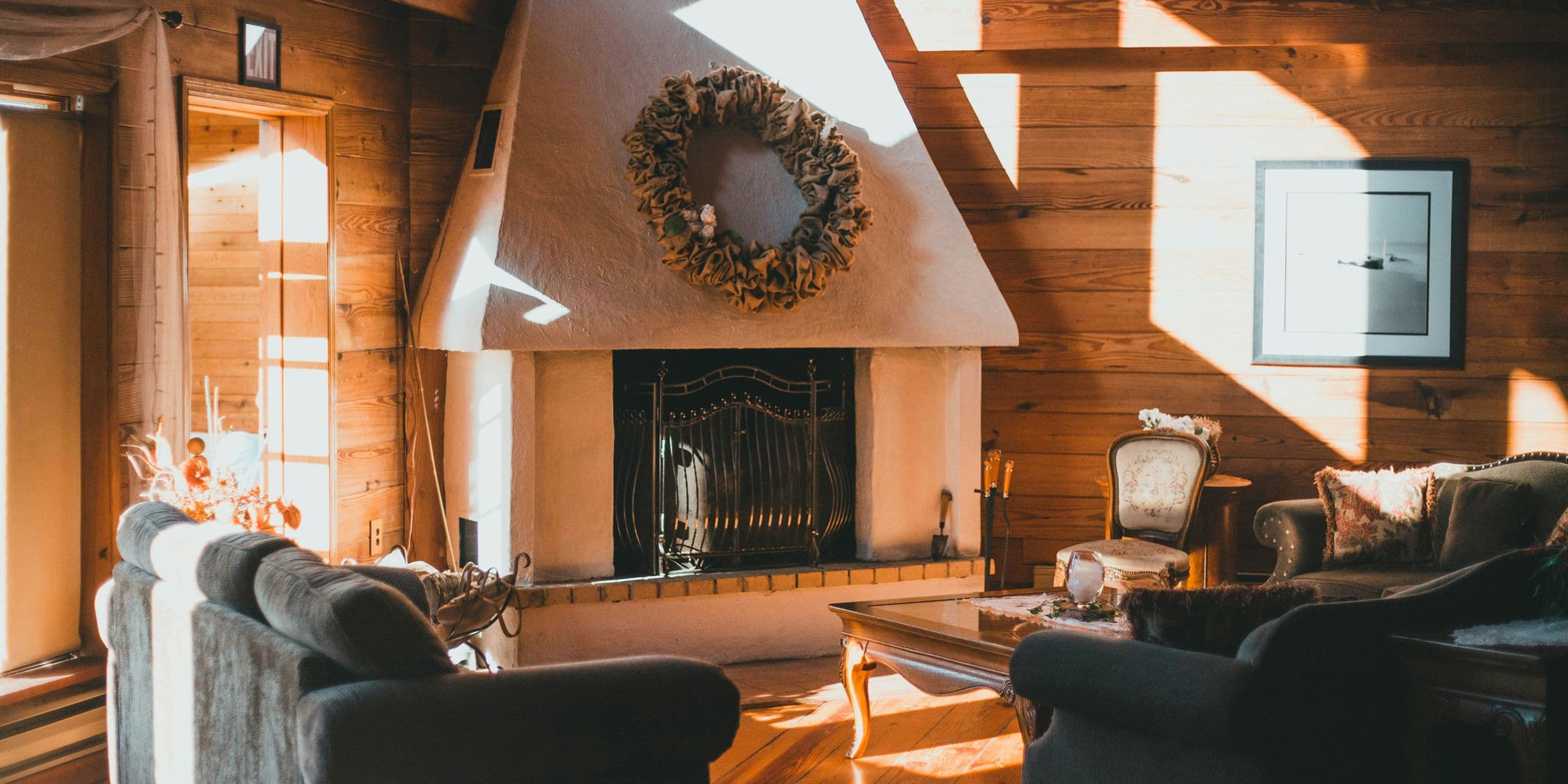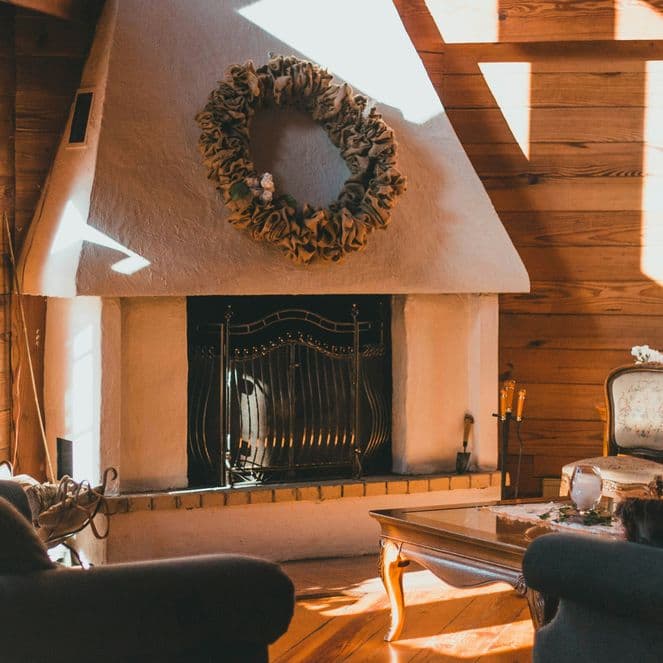Lifestyle
Why home is the heart of our memories
Our space holds our stories – and psychology shows why surrounding ourselves with meaning truly matters


Lifestyle
Our space holds our stories – and psychology shows why surrounding ourselves with meaning truly matters


What makes the spaces in your home feel right? That sense of ease and comfort that you can’t quite put your finger on – the one you get when you feel truly relaxed. For me, it’s sitting around the tall ivory ottoman in the centre of our lounge. The height looks so elegant but when people put their feet on it, which they instinctively do, they’re forced to sink into their armchair, making for the most unforgettable chats. I also love our too-big kitchen table, which boasts the scars of nail varnish remover from makeshift spa days with my daughters, craft afternoons and noisy board game marathons with their cousins.
I have long cared about how my home looks, but increasingly I pay attention to how it makes me feel. I’ve come to realise that any lofty design that I have cultivated comes to life far more when there is a story behind it, rather than its mere ability to “keep up with the Joneses”.
Claire’s living room
The luxurious wallpaper I put up in the hallway conjures images of being on top of impossibly precarious scaffolding, listening to “Pink Pony Club” and sipping cups of tea. The regularly complimented mirror wall in our lounge is all the better for being crafted by my husband and I using Ikea tiles and some leftover moulding one Saturday afternoon.
“We shape our buildings, and afterwards our buildings shape us,” Winston Churchill observed, and our homes are where we create our most enduring memories. It’s for that reason that for a year after our loft extension was built, I found it impossible to enter, unable to shake the thoughts of its problem plumbing (thankfully now fixed) and a coercive builder who left us at his mercy.
Unsplash
Unsplash
I’ve come to realise that any lofty design that I have cultivated comes to life far more when there is a story behind it
Since the 1960s, neuroscientists have been researching how humans’ psychological needs are met in their chosen refuge. We all have similar primitive desires: to feel safe, sheltered, with a fire for warmth and cooking, and privacy for sleeping. According to experts we like a window with a view (to know where we are), rounded rather than sharp corners (they reduce anxiety and make us feel more secure), walls behind us looking into a room when we are cooking or eating (we like to cover our backs and instinctively be sociable). Wood floors ground us, high ceilings give us head-space and minimalist design leaves us cold or stressed.
Neuroaesthetics (a mixture of neuroscience and design) studies the brain’s response to different spaces. Its proponents argue that beauty, be it art or nature, is not a luxury but a necessity that actually boosts our wellbeing and cognitive performance. Professor John Zeisel, founder of the I’m Still Here Foundation and an expert in Alzheimer’s and the effect physical environments can have on its symptoms, explains that our brains have an emotional connection of what it is to feel at home. We see the familiar, the non-threatening and the potential for pleasure, and our mind goes into rest and relaxation mode. “Home is where the brain has to do the least amount of thinking,” Zeisel explains. “When we are there, an endorphin is released, so we need to design homes to release that neurotransmitter.”
Undoubtedly there is something so comforting about making a home. As a child I loved to rearrange my bedroom, moving the furniture and styling the Marks & Spencer rosebud accessories. We would visit my grandmother’s old country house in Ireland and I would drift off to sleep imagining how I would shape it if it were mine.
Unsplash
Unsplash
Pexels
Our brains have an emotional connection of what it is to feel at home. We see the familiar, the non-threatening and the potential for pleasure, and our mind goes into rest and relaxation mode
Unsplash
My children love nothing better than to fashion elaborate Lego homes (invariably with a pool, slide and cinema room – even better, all in one) and none of it starts with that soul-destroying gutting of homes, where people want to “put their stamp on it”. While the puritanical anti-clutter movement would advocate purging our possessions, it’s the things that make up our lives, tell our stories, share our family history, our passions or our special memories.
People should walk into your home and learn all about you. It should share your sense of self, and in return comfort you and give you a welcoming hug after a long day. Achieving that peculiar alchemy of turning a house into a home is the premise of interior designer Nicola Harding’s new book, Homing Instinct.
“It’s about giving people a sense of place rich in soulfulness and atmosphere,” she explains. “A home is shaped by the objects we gather around us – the things that speak to us and remind us of who we are. In my work, I look to craft narratives and infuse spaces with a sense of meaning that is deeply personal to those who live there. We like to combine contemporary craft with characterful antiques. A piece that has lived carries within it a warmth; its beauty lies in its irregularities, in the way it has softened and settled – but it must be given contrast to shine. The dialogue between old and new is what gives a space its sense of life.”
Unsplash
There are lots of ways to feel nourished by your own private space. For Lucinda Chambers, co-founder of Collagerie, it is through approaching design with meaning. “I can honestly say that most things in my house take me to another place, or indeed another person,” she says. “I have walls that are covered in postcards, scraps of pictures that people have sent, thank-you cards – it’s rather chaotic but they are walls of love, they form a beautiful collage and are a reminder of happy times. Other things such as a collection of woven baskets that I bought in South Africa transports me back there. I have beautiful fabrics from Peru that I used to upholster two chairs in a kind of patchwork, so many things are bound up with the whole experience.”
Another way to make your home more meaningful is by cultivating collections or putting sentimental items all in one place. Interior designer Henry Prideaux recommends creating a memory table, either bespoke with a floating shelf filled with keepsakes on display, or with pictures beneath a glass sheet. “One client had a collection of Venetian masks scattered around their property that when collected all together became one large piece of art in itself, creating something sentimental but decorative at the same time,” he explains.
Unsplash
A home is shaped by the objects we gather around us – the things that speak to us and remind us of who we are
Take joy in your own taste. When you cannot afford expensive art, buy vintage art or photography books from which pages can be cut and framed beautifully. Hang it next to mementoes – a menu from an unforgettable meal, a drawing from a young family member. Surround yourself with things that you love and do so with intent, not at random.
“It could be a selection of all your family members’ old straw hats hung in the hallway or a collection of ceramic vessels displayed beautifully on a wall en masse,” says Albion Nord creative director Ottalie Stride. “Adding emphasis to pieces that mean something to you, that you are truly passionate about, will ensure your home feels genuine and authentic.”
And remember things matter because our memories matter. They are more than an archive of the past as neuroscientist Charan Ranganath, author of the new book Why We Remember explains, they are the prism through which we see ourselves, others, and the world. “They have a powerful influence, reviving the memories we want to revisit and relive, so keep that mug that reminds you of that holiday in Hawaii,” he says.